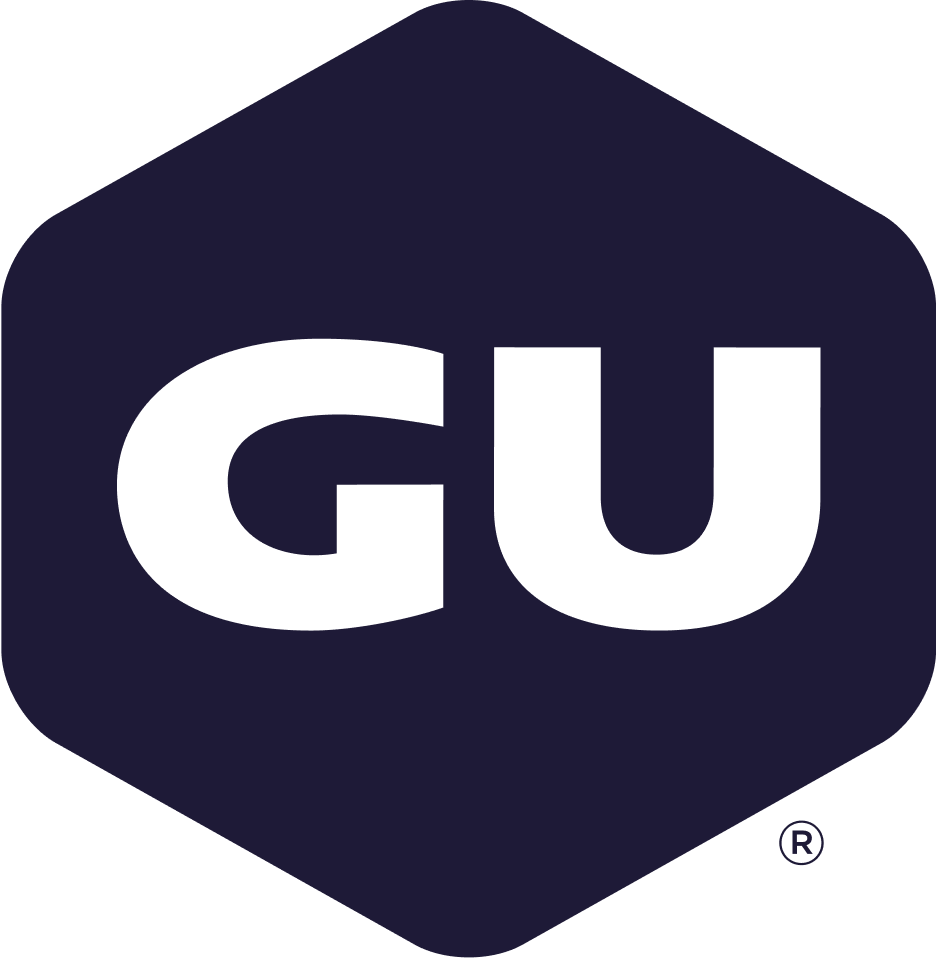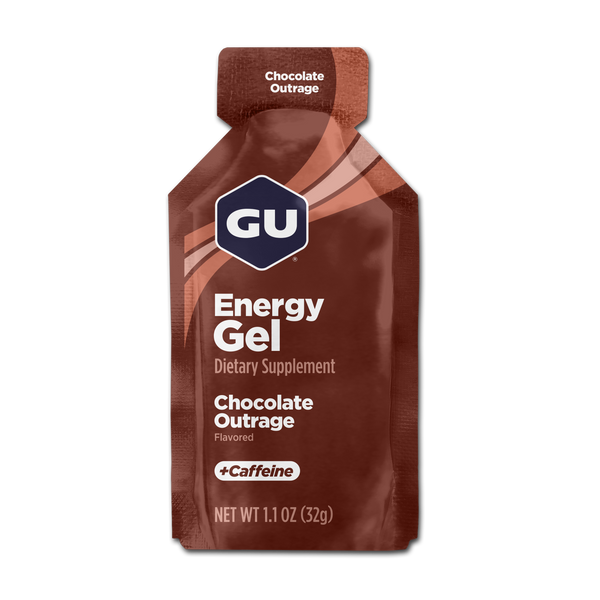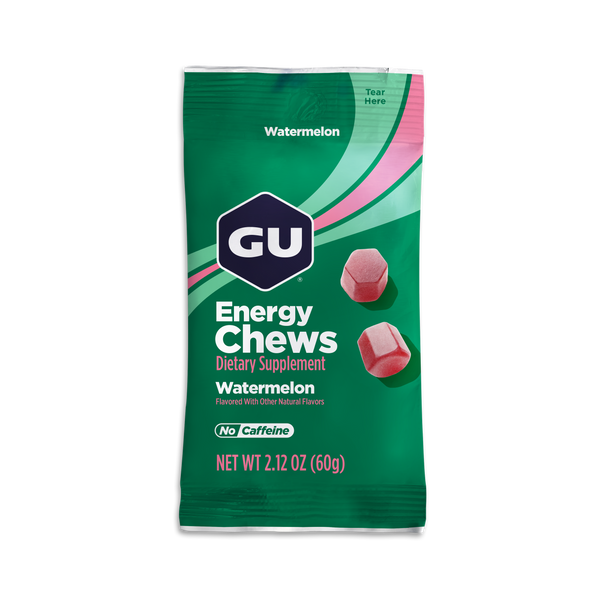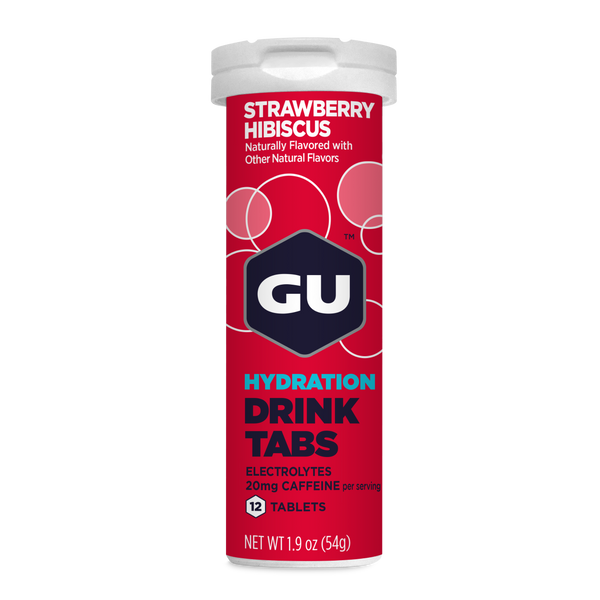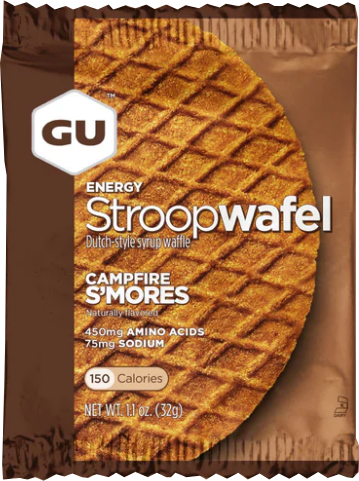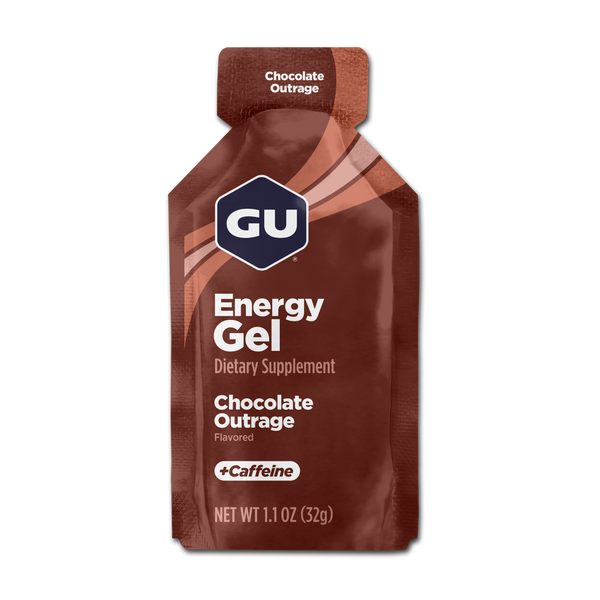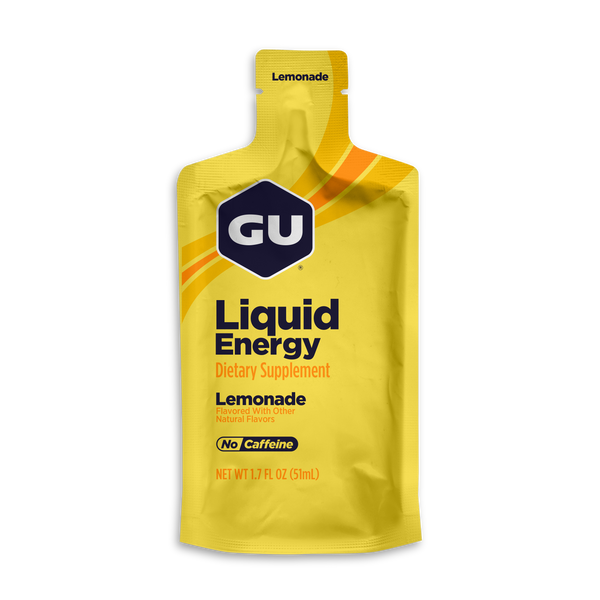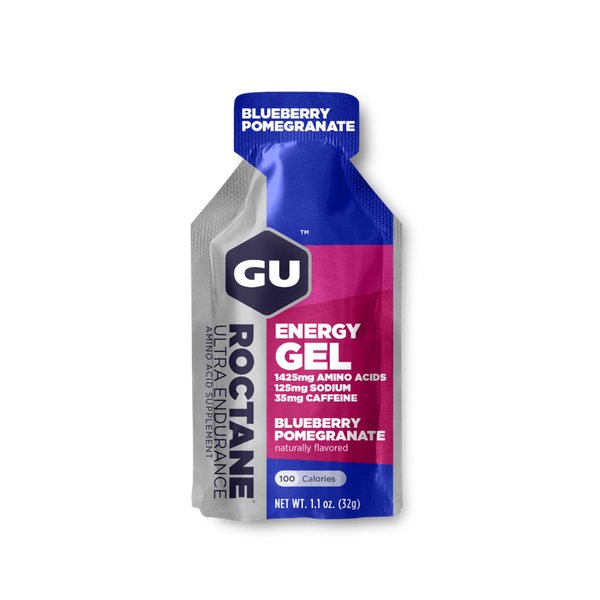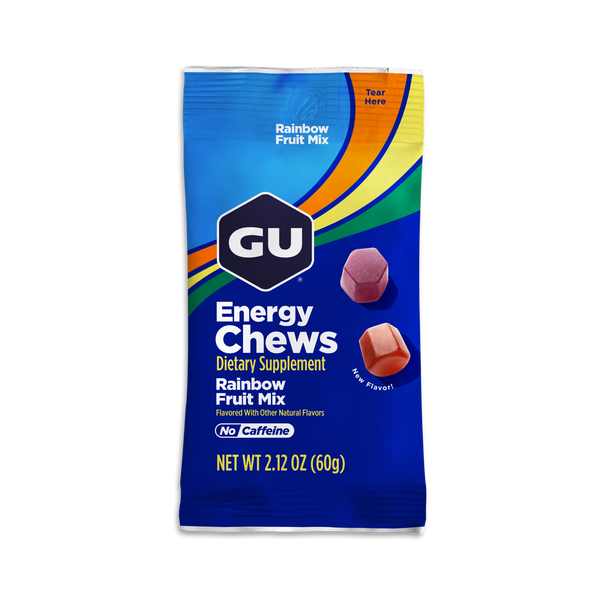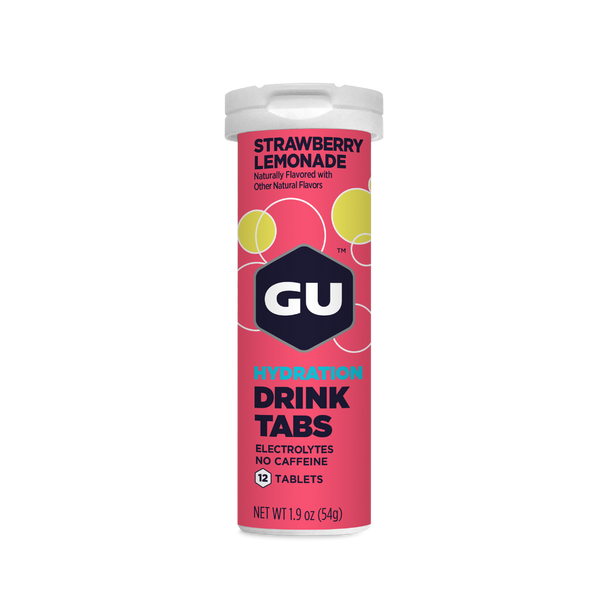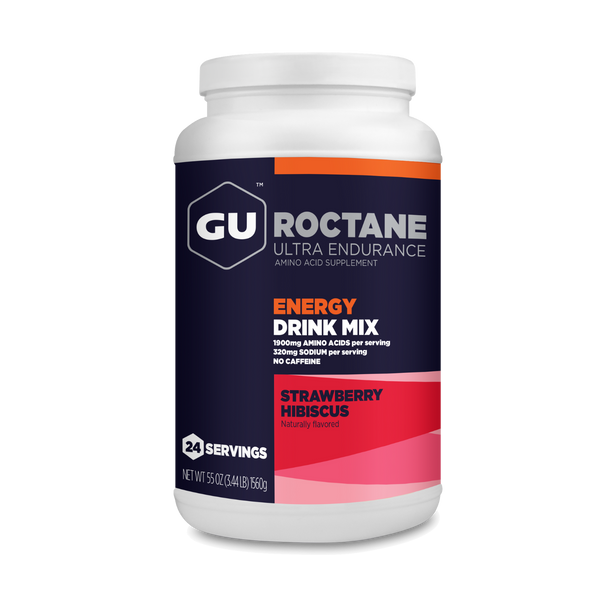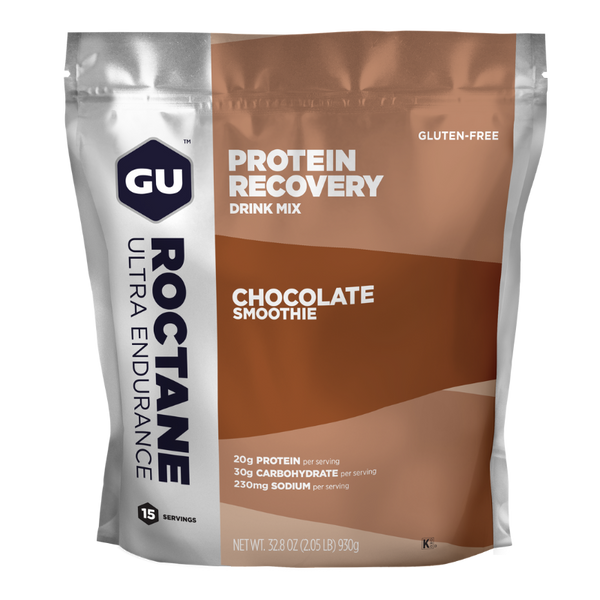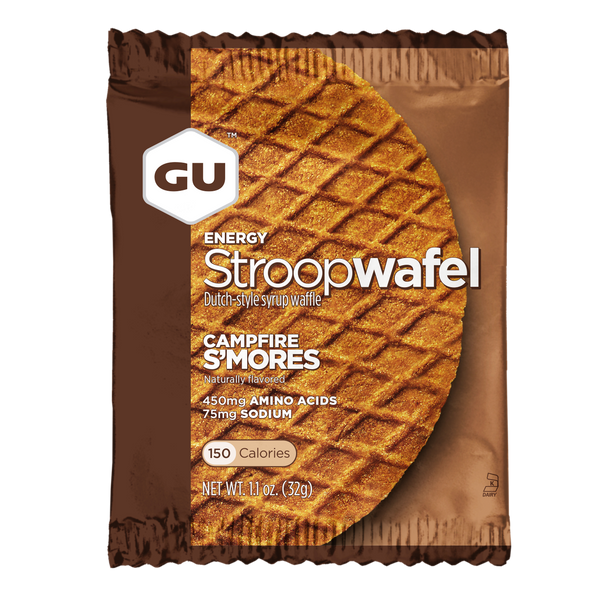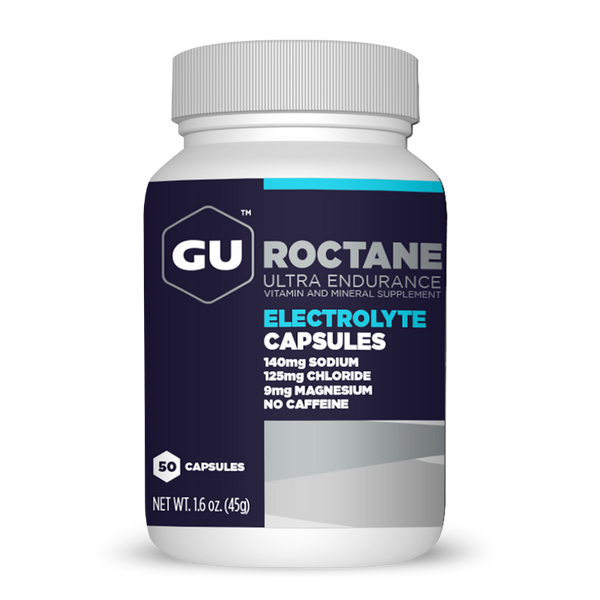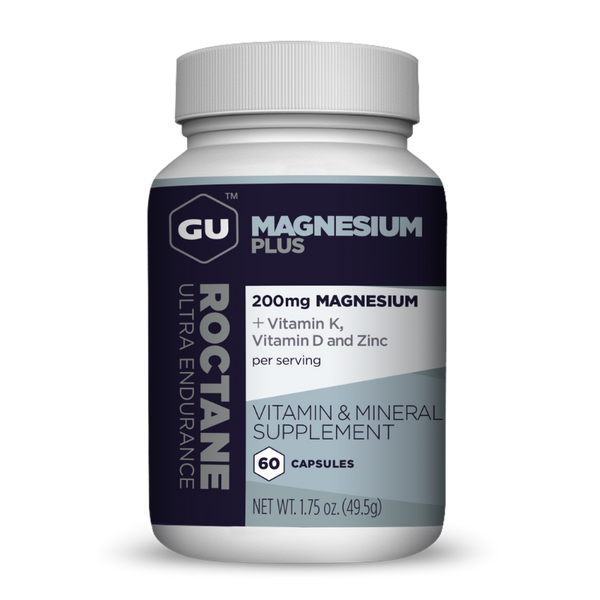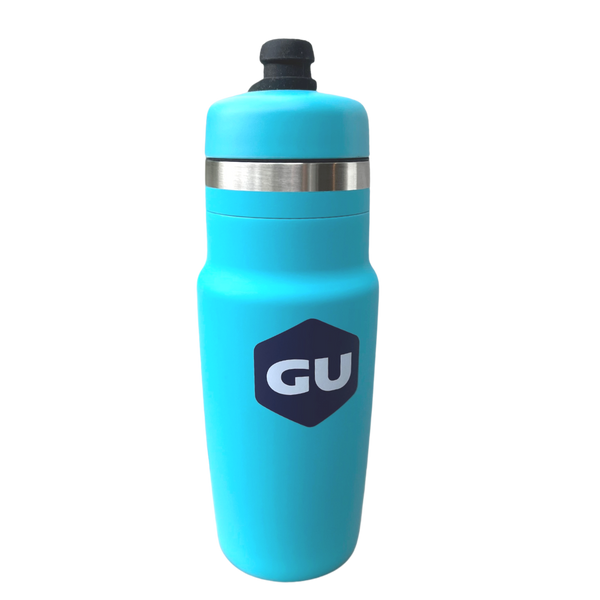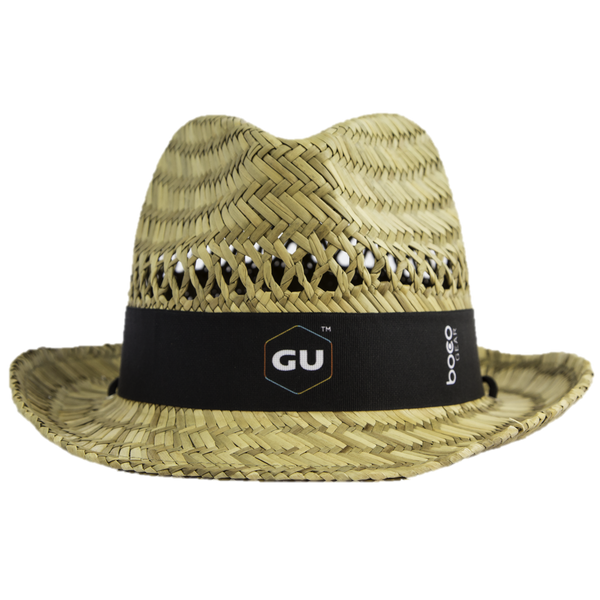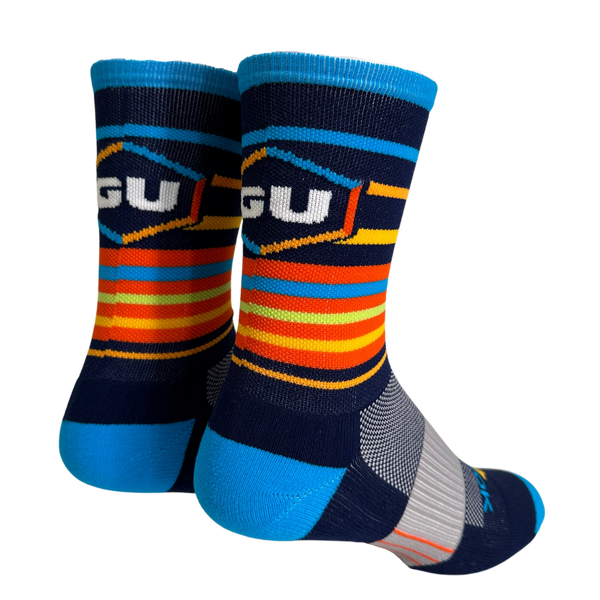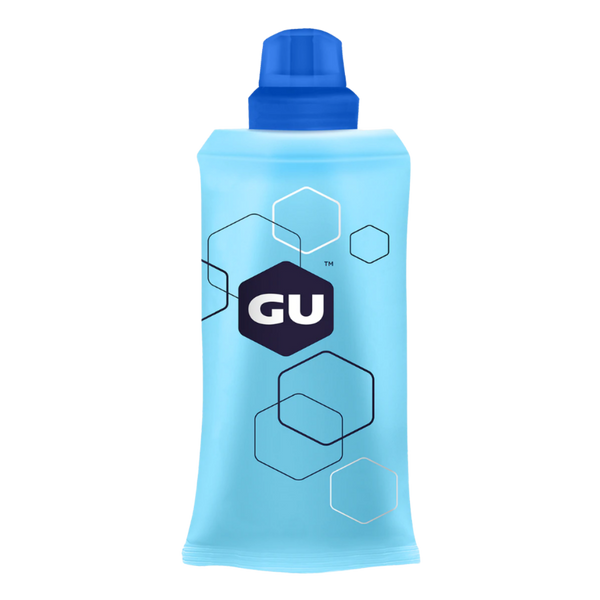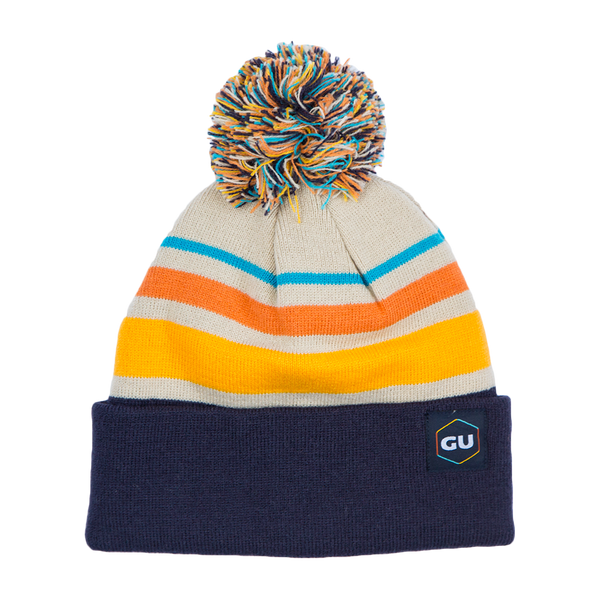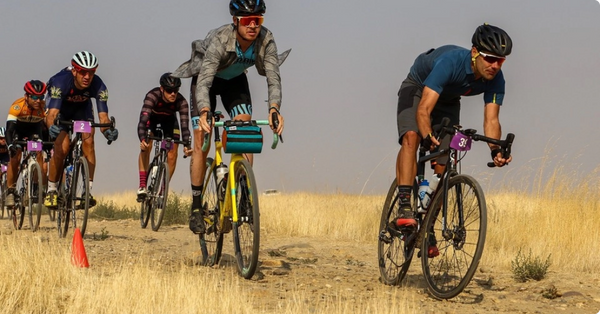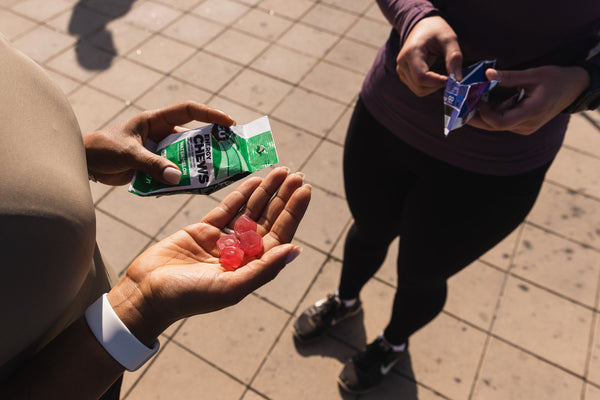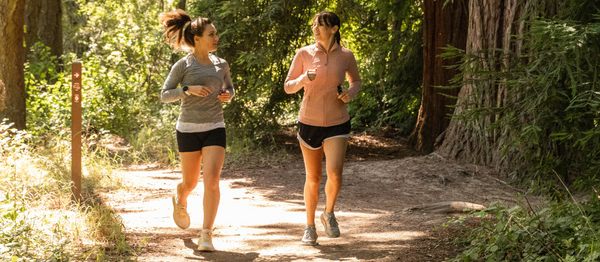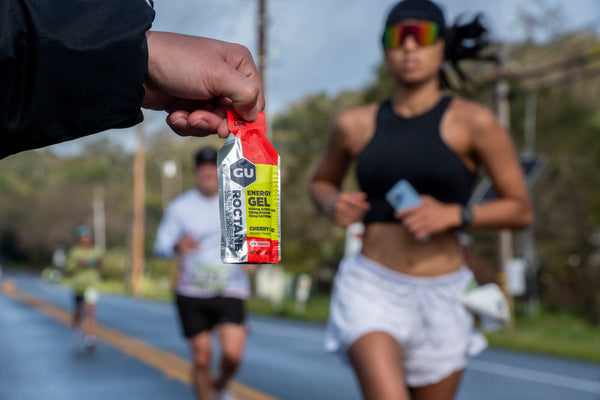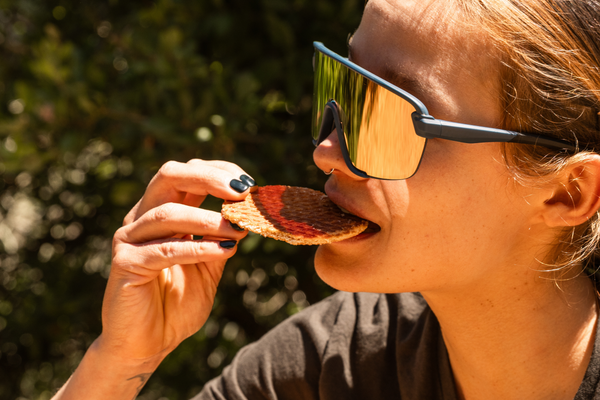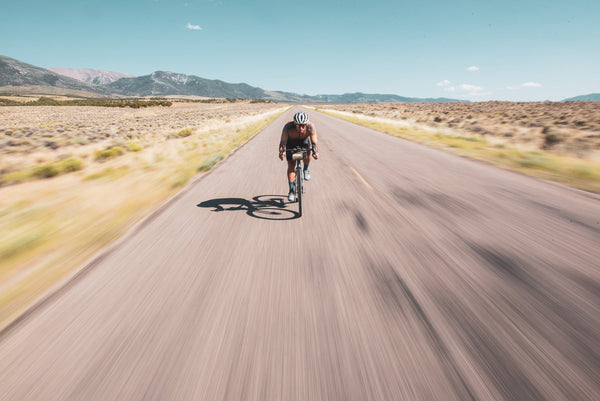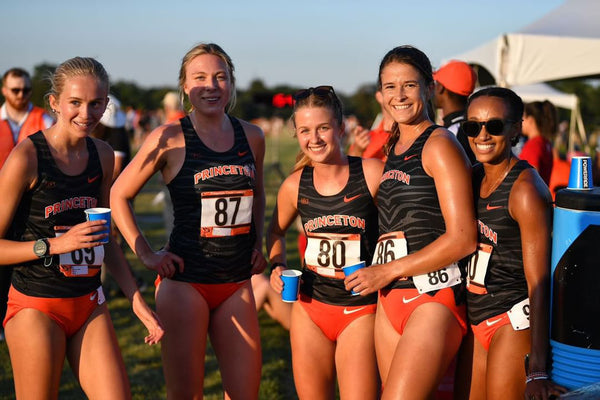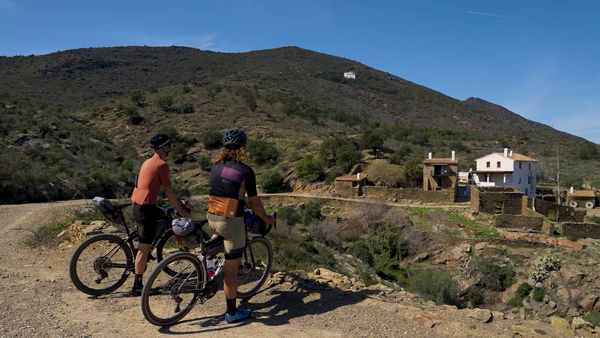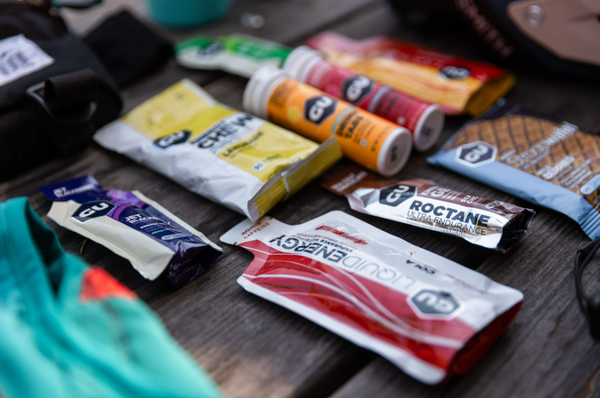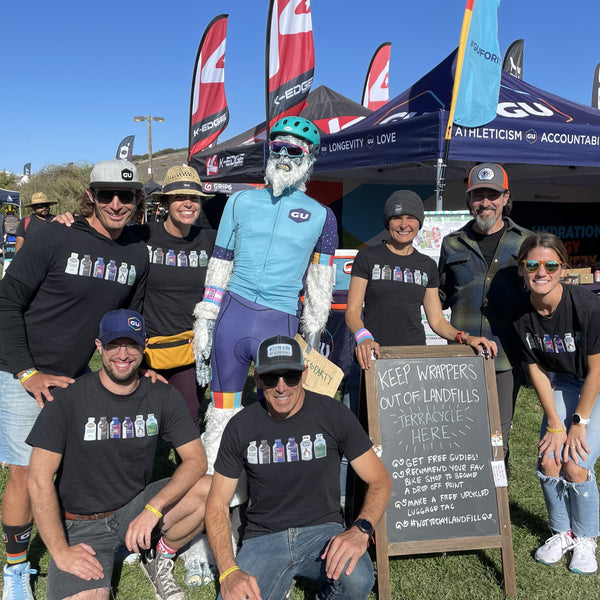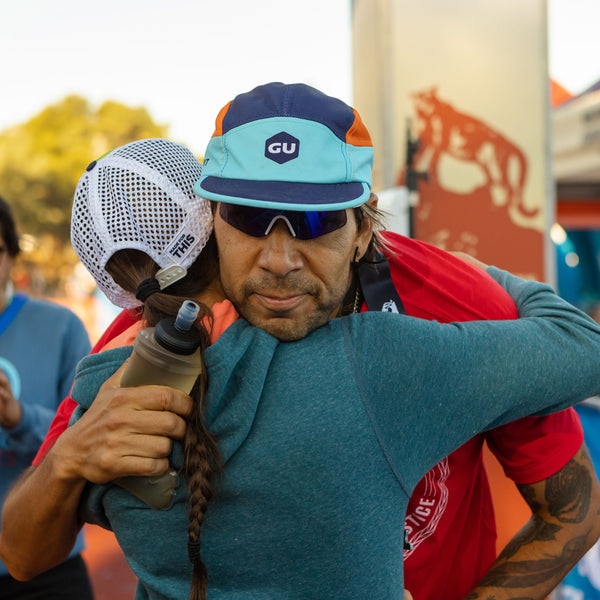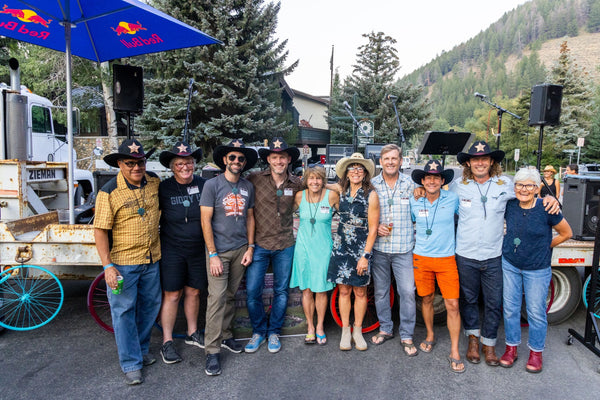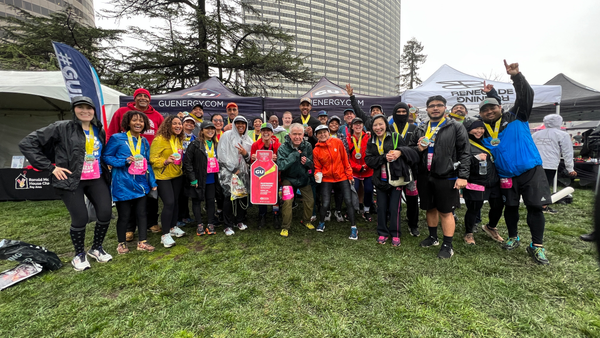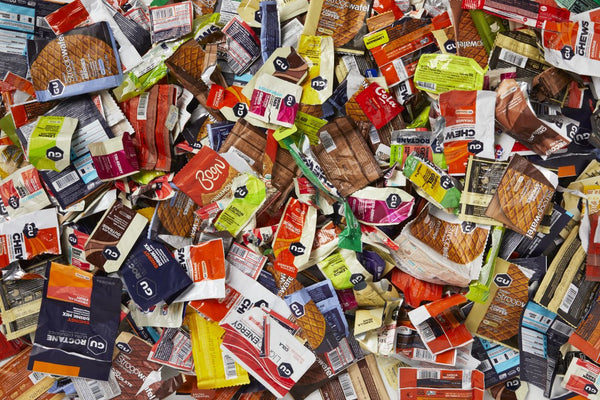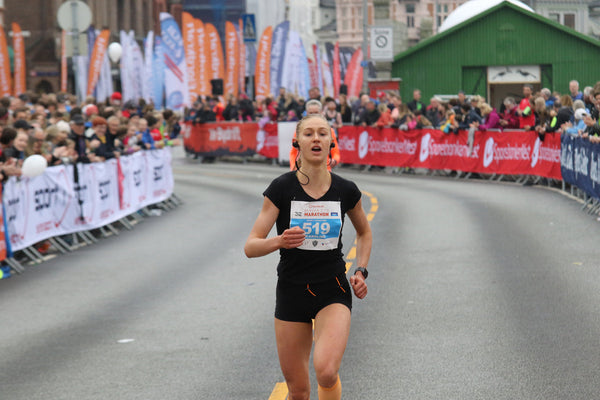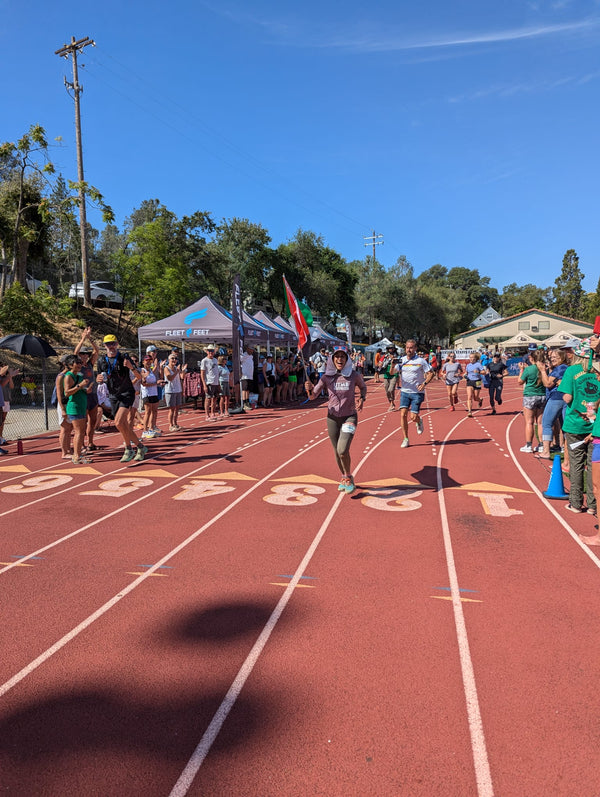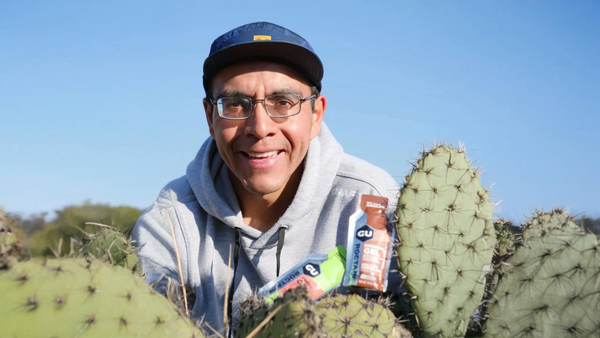What Are Muscle Cramps & How to Avoid Them
You’re deep into a run, feeling strong, then suddenly, your calf seizes up. A muscle cramp can stop you in your tracks, turning a great workout into a painful struggle. But what exactly causes muscle cramps, and more importantly, how can you prevent them?
Muscle cramps are involuntary contractions that occur when your muscles tighten and won’t relax. While common in endurance athletes, they’re not inevitable. With the right hydration, nutrition, and training strategies, you can significantly reduce your chances of cramping mid-run.
What Causes Muscle Cramps?
Muscle cramps can happen for several reasons, but the most common causes include:
1. Electrolyte Imbalance
Your muscles rely on sodium, potassium, magnesium, and calcium to function properly. When you sweat, you lose these essential electrolytes, which can lead to cramping.
2. Dehydration
Even mild dehydration can throw off your body’s fluid balance, making muscles more prone to cramping. If you’re sweating heavily and not replacing fluids, your risk of cramping increases.
3. Muscle Fatigue
Pushing your muscles beyond their limits, whether through intense training or long races, can lead to cramping. Fatigue disrupts normal muscle function and makes spasms more likely.
4. Poor Pacing or Sudden Intensity Changes
Going out too hard or dramatically increasing intensity can overload your muscles, triggering cramps. A gradual build-up in pace and effort helps prevent this.
5. Insufficient Conditioning
Cramps often strike when muscles aren’t trained for the demands of your workout. Strength training and progressive endurance training can help improve muscle resilience.
What to Do for Muscle Cramps When They Happen
Even with the best preparation, cramps can still occur. Here’s how to manage them:
1. Stop & Stretch
Gently stretch and massage the cramping muscle to help it relax. Hold the stretch for 15–30 seconds and repeat as needed.
2. Hydrate & Replenish Electrolytes
Drink water and an electrolyte-rich beverage to restore balance. GU Hydration Tabs provide sodium, potassium, and magnesium to support muscle function.
3. Apply Light Pressure or Massage
Massaging or applying pressure to the affected muscle can help release the cramp faster.
4. Walk It Out
If possible, keep moving at a slow pace to encourage blood flow and help the muscle recover.
How to Avoid Muscle Cramps
While cramps can be frustrating, they’re not inevitable. Follow these strategies to reduce your chances of cramping mid-run.
1. Stay Hydrated Before, During & After Exercise
Dehydration is a major contributor to muscle cramps. Start hydrating well before your workout and continue drinking fluids throughout.
· Drink at least 16–20 ounces of water two hours before your workout.
· Sip fluids consistently during exercise, especially in hot conditions.
· Replenish lost fluids post-workout with GU Hydration Tabs to restore sodium and electrolytes.
2. Increase Electrolyte Intake
Electrolytes regulate muscle contractions, and low levels can lead to cramping.
· Sodium – Helps retain fluids and prevents dehydration.
· Magnesium & Potassium – Supports proper muscle function.
· Calcium – Plays a key role in muscle contractions.
To stay balanced, use Roctane Electrolyte Capsules during long runs or sweaty workouts. Each capsule provides sodium, magnesium, and chloride to keep muscles firing properly.
3. Strengthen & Train Your Muscles
Weak or fatigued muscles are more prone to cramping. Incorporate strength training and mobility work to improve endurance and resilience.
· Focus on leg and core strength exercises to support proper running form.
· Include dynamic warm-ups before workouts to prepare muscles.
· Gradually increase training intensity to avoid overloading muscles too quickly.
4. Maintain a Balanced Diet
Proper nutrition supports muscle function and reduces cramping risk.
· Eat magnesium-rich foods like leafy greens, nuts, and bananas.
· Include potassium sources such as sweet potatoes and oranges.
· Supplement with GU Magnesium Plus Capsules for added support.
5. Pace Yourself Smartly
Going out too fast can lead to early muscle fatigue and cramping. Instead:
· Start at a comfortable pace and build gradually.
· Stick to a structured training plan that includes progressive mileage increases.
· Avoid sudden spikes in intensity without proper conditioning.
Is Cramping Ever Avoidable?
While there’s no foolproof way to prevent every cramp, following these hydration, nutrition, and training strategies significantly lowers your risk. Most cramps result from fatigue, electrolyte imbalance, or dehydration, all of which are manageable with the right preparation.
If cramps are a recurring issue, consider tracking your hydration, nutrition, and training intensity to identify patterns. Small adjustments can make a big difference in keeping your muscles cramp-free.
Muscle Cramps & Prevention FAQs
Q: What is the fastest way to stop a muscle cramp?
A: Stretch, massage the muscle, and hydrate with an electrolyte drink to restore balance.
Q: What should I eat to prevent muscle cramps?
A: Magnesium- and potassium-rich foods like bananas, nuts, and leafy greens. GU Magnesium Plus Capsules can also support muscle function.
Q: How do I prevent cramps on long runs?
A: Stay hydrated, take Roctane Electrolyte Capsules, and build endurance gradually through training.
